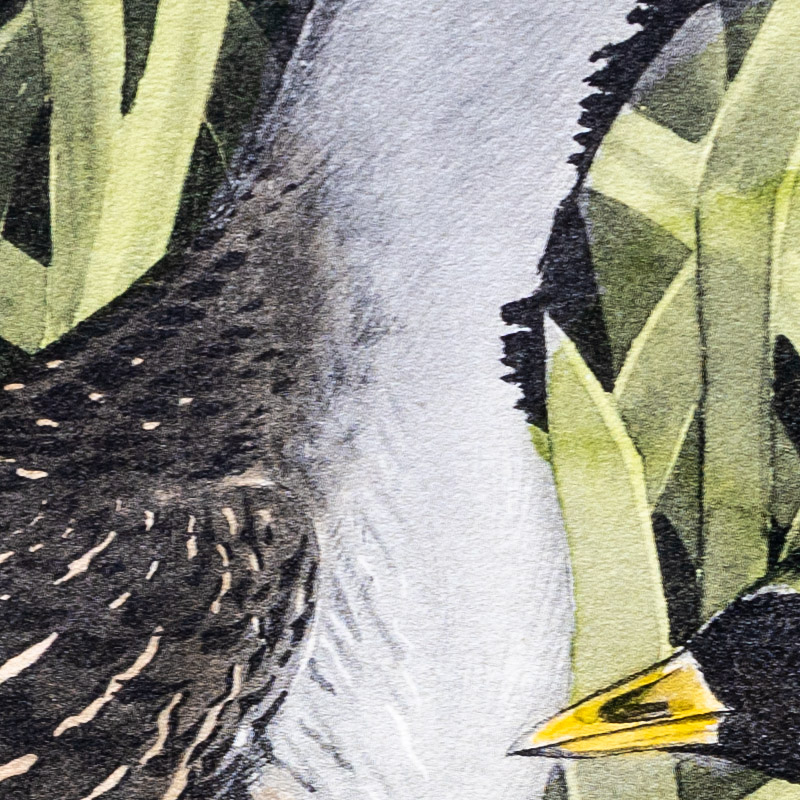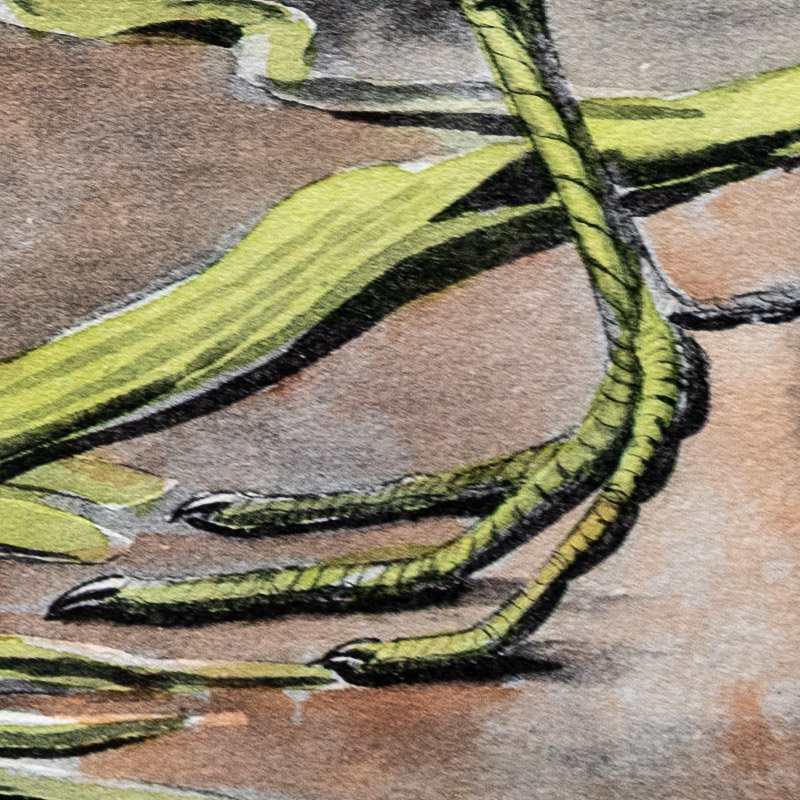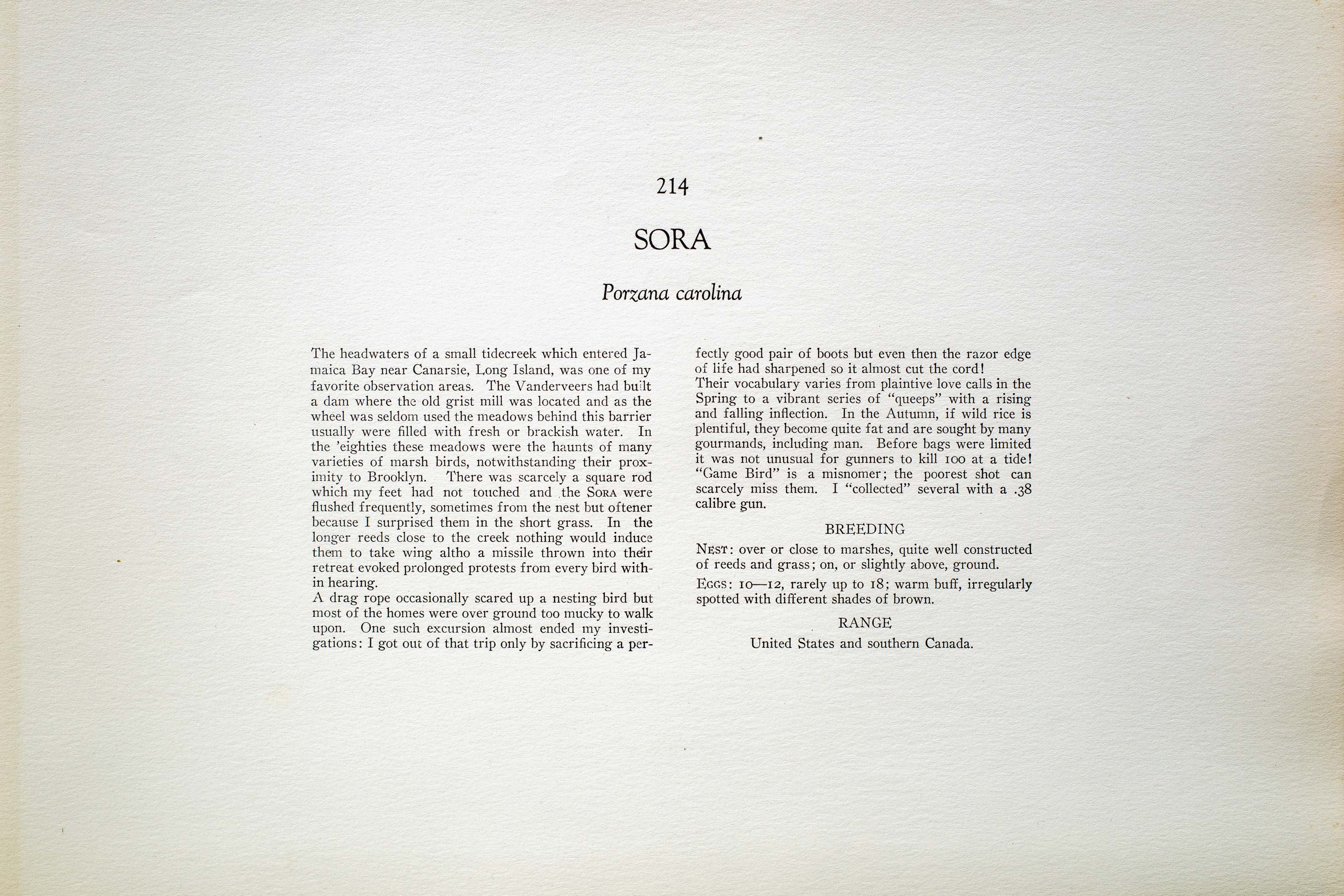






Unknown
1930
4
214
A team of dedicated board members, volunteers, and student interns has published every page in Volume 9. This volume includes 360 images of paintings and lyrical descriptions of birds, now available online for everyone to enjoy anywhere in the world. This is a monumental task. Each volume requires approximately 400 hours to photograph, edit, transcribe, catalog, and publish online. We need your support to complete this work.
If you're tech-savvy, have a good eye, are meticulous with details, and love structured data, please consider volunteering by emailing us at hello@rexbrasher.org.
We encourage all bird lovers and supporters to consider a monetary donation to support our mission to make Rex's work available for everyone. You can provide a one-time or recurring donation online.
The headwaters of a small tidecreek which entered Jamaica Bay near Canarsie, Long Island, was one of my favorite observation areas. The Vanderveers had built a dam where the old grist mill was located and as the wheel was seldom used the meadows behind this barrier usually were filled with fresh or brackish water. In the 'eighties these meadows were the haunts of many varieties of marsh birds, notwithstanding their proximity to Brooklyn. There was scarcely a square rod which my feet had not touched and the SORA were flushed frequently, sometimes from the nest but oftener because I surprised them in the short grass. In the longer reeds close to the creek nothing would induce them to take wing altho a missile thrown into their retreat evoked prolonged protests from every bird within hearing.
A drag rope occasionally scared up a nesting bird but most of the homes were over ground too mucky to walk upon. One such excursion almost ended my investigations: I got out of that trip only by sacrificing a perfectly good pair of boots but even then the razor edge of life had sharpened so it almost cut the cord!
Their vocabulary varies from plaintive love calls in the Spring to a vibrant series of "queeps" with a rising and falling inflection. In the Autumn, if wild rice is plentiful, they become quite fat and are sought by many gourmands, including man. Before bags were limited it was not unusual for gunners to kill 100 at a tide! "Game Bird" is a misnomer; the poorest shot can scarcely miss them. I "collected" several with a .38 calibre gun.
NEST: over or close to marshes, quite well constructed of reeds and grass; on, or slightly above, ground.
EGGS: 10–12, rarely up to 18; warm buff, irregularly spotted with different shades of brown.
United States and southern Canada.